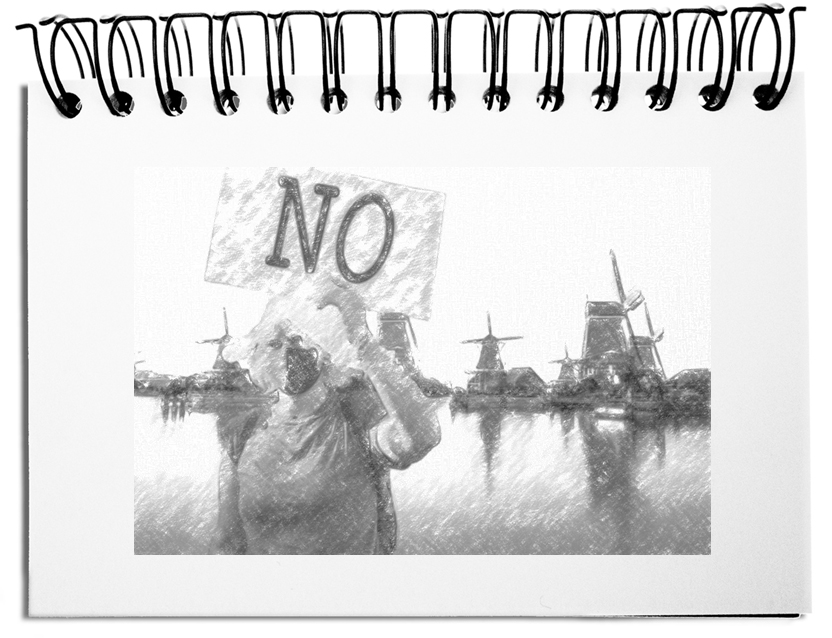Our body is a good image for a company. A body is not a messy heap of cells but a coordinated whole. The various systems (such as the cardiovascular system, respiration, digestion, nerves, skeleton, muscles, and skin) have only one goal – the survival of the indivisible. It does not work without each other. The designed economic division of labor lacks this coherence due to self-interests. It already begins with how biz is divided: according to functions, hierarchical layers, or regions. “Do one thing and don’t let the other” is the mantra of the undecided leaders. When dividing, for instance, into ten functions, three levels, five regions, it creates up to 150 units with their own and common intentions. In addition, an inscrutable net of relationships emerges from professional and personal commitments. In contrast to the body, these fragmented units and overlapping responsibilities lead to self-made chaos. This becomes visible in tangled targets that hinder and neutralize each other and undermine the purpose of the enterprise.
In addition to departments, layers, or regions, the following perspectives increase the formal hullabaloo.
- Direction
We cannot assume that the official goals relate to the area described. It would be advantageous to know whether corporate, career, or private intentions are hidden behind them. It becomes difficult if the feigned company aspiration serves personal development or private intentions, such as leisure time. - Roles
The assigned roles influence the perspective of target makers. Bystanders assume that decision-makers have their responsibilities in mind. Or the influencing stakeholders care about their sphere of influence. Or the performers confine themselves to their tasks. But what does it mean when leaders have the mindset of an employee? How do we deal with stakeholders who pretend to be in charge? What are the real concerns of the employees? - Territory
Goals are given to the entire company, divisions, projects, and individual employees. It is the responsibility of the decision-makers to ensure that the targets are consistent. Even in large line structures, it isn’t easy to ensure coherence because of the overlapping measures. It is impossible to untangle the constantly changing interdependencies in an agile format or a matrix structure and maintain a consistent overall picture. - Temporality
Goals are assigned for the present year. Unfortunately, measures do not adhere to the corresponding calendars: tasks cannot be completed in the current year; projects often run across the year’s boundary. When long-term plans come into play, the result is a jumble of old and new costs and outcomes that is difficult to track. This confusion cannot be reliably tracked with an elaborate reporting system (even if this is often suggested). Goals are only partially achieved or not achieved at all in such an environment. - Criteria
Skillfully formulated targets already include metrics when they are prepared that can be used to gauge progress and the degree to which they have been achieved. Most goals are formulated too vaguely, which makes it impossible to evaluate their fulfillment. And sometimes, qualitative goals are pursued, which can only be estimated and subjectively evaluated.
Bottom line: Those responsible are deluding themselves if they think they can achieve consistent goals through elaborate goal-setting that is coordinated over weeks. They oversee the fact that the real alignment is not visible in the target. The roles deviate away from the corporate goals with their interests. Goal setting occurs at different levels, making it difficult to achieve consistency. The mixture of short-, mid- and long-term goals further blurs the overall picture. Setting early on measurable indicators for target achievement helps all participants. However, reconciling metrics increases the effort required to set goals. If we consider the resulting complexity and interdependencies, we understand why tangled targets cannot be realized.


